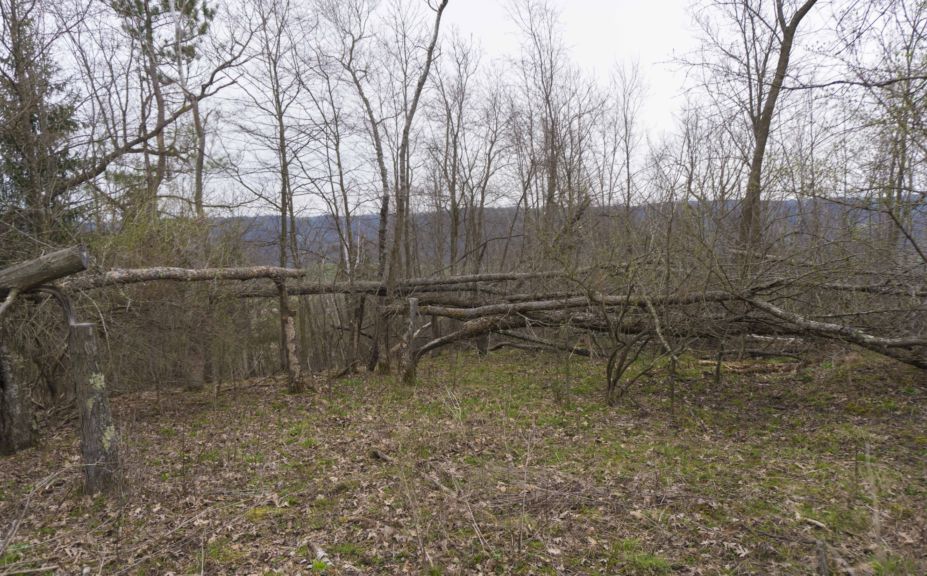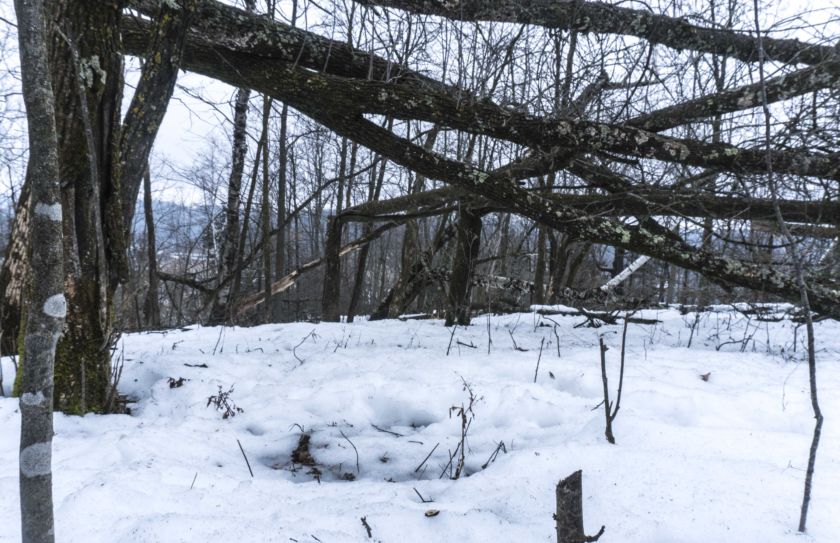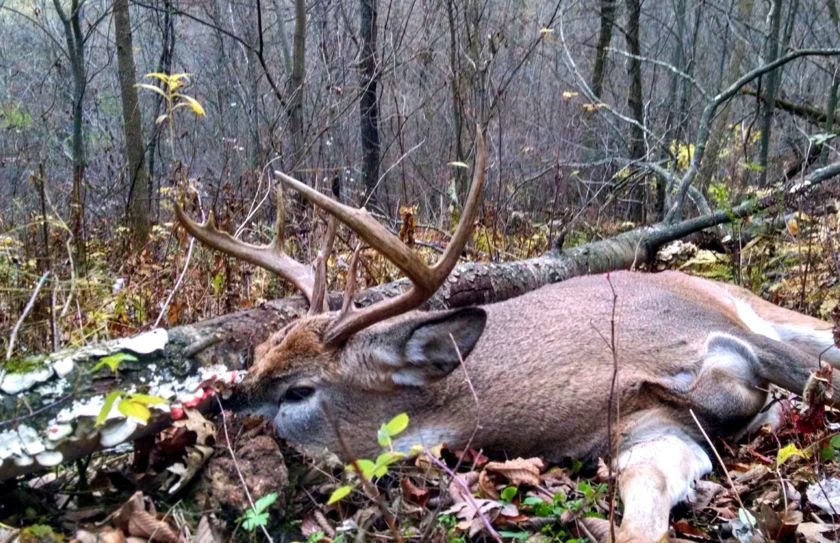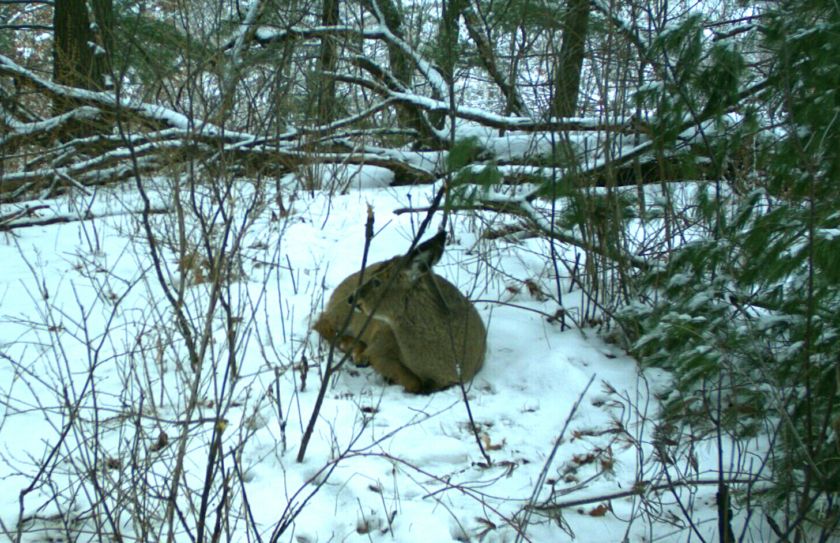When talking bedding areas, many people believe the myth that a whitetail needs bedding canopy for cover. This simply isn't true, so here are some tips and strategies to help get your whitetail bedding area up to par, without wasted effort or unnecessary or confining whitetail bedding canopy.

If you enjoy advanced whitetail strategies, you'll love Jeff's Whitetails By Design Book Series!
Segment 5: Whitetail Bedding Canopy Myth Busting
In our mythbusting series, we explore the latest fads, misconceptions and tips that relate to the most popular whitetail habitat trends. Today we'll be discussing Whitetail Bedding canopies and how your time could be much better spent improving other facets of your whitetail habitat.

Whitetails Need to Hide
Whitetail bedding areas need adequate cover. Deer need concealment from a wide array of factors. When bedding, whitetails need to hide from predators, hunters, and other deer. Airplanes and birds simply fall out of that realm, so a whitetail bedding canopy isn't a necessity. In fact, a bedding canopy can actually hinder and devalue a bedding area's level of attraction. Deer do however need side cover and daytime browse in or adjacent to their bedding areas. In the video above, you can see how deer are relating to the hinge cut areas we created to conceal them from environmental stressors and for the added daytime browse options. The thickest portions of the hinge cut area where fallen tree tops have inadvertently created some level of canopy are actually void of deer beds. This is most likely because whitetails feel too confined in those canopied areas and would rather bed on the edges of the hinge cuts, where they can see 25-30' in most directions.
The Trap of the Bedding Canopy Myth
Though many whitetail habitat managers still recommend whitetail bedding canopy as a tip for improving bedding areas, do not fall for this myth! It might sound interesting in theory or look good on paper, but to be frank, whitetails don't need it, and thick canopies in bedding areas can quickly become dead zones because they are too dense and deer don't want to feel trapped. During the summer months, whitetails do enjoy shaded areas, but that doesn't mean that bedding canopies are worth the effort or risk. When you're creating whitetail bedding areas, the top tip we can offer, is to establish sufficient side cover rather than canopy. Side cover kills 2 birds with one stone; concealment and food. Canopies on the other hand, create neither.
*In the video above, we created a great system to define deer movement by pairing a great bedding area with strategic travel corridors, to read the full article, checkout, Precision Buck Hunting System For Advanced Deer Habitat.
Conclusion
Whitetail bedding is a very hot topic. Tons of whitetail habitat creators are firing up their saws, hitting the woods and hinging trees to create whitetail bedding areas with an ornately layered dense canopy that don't end up housing deer. Others are simply sporadically hinging trees to offer side cover and browse in half the time, while building many more attractive whitetail beds. When it comes to habitat improvement, our goal is to offer tips and strategies that help you be effective and efficient, so don't fall for the myth of whitetail bedding canopy.
By Jeff and Dylan


